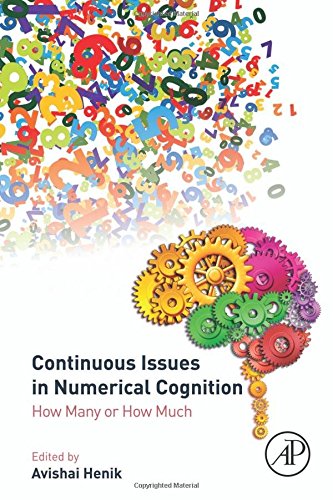

Most ebook files are in PDF format, so you can easily read them using various software such as Foxit Reader or directly on the Google Chrome browser.
Some ebook files are released by publishers in other formats such as .awz, .mobi, .epub, .fb2, etc. You may need to install specific software to read these formats on mobile/PC, such as Calibre.
Please read the tutorial at this link: https://ebookbell.com/faq
We offer FREE conversion to the popular formats you request; however, this may take some time. Therefore, right after payment, please email us, and we will try to provide the service as quickly as possible.
For some exceptional file formats or broken links (if any), please refrain from opening any disputes. Instead, email us first, and we will try to assist within a maximum of 6 hours.
EbookBell Team

0.0
0 reviewsContinuous Issues in Numerical Cognition: How Many or How Much re-examines the widely accepted view that there exists a core numerical system within human beings and an innate ability to perceive and count discrete quantities. This core knowledge involves the brain’s intraparietal sulcus, and a deficiency in this region has traditionally been thought to be the basis for arithmetic disability. However, new research findings suggest this wide agreement needs to be examined carefully and that perception of sizes and other non-countable amounts may be the true precursors of numerical ability. This cutting-edge book examines the possibility that perception and evaluation of non-countable dimensions may be involved in the development of numerical cognition. Discussions of the above and related issues are important for the achievement of a comprehensive understanding of numerical cognition, its brain basis, development, breakdown in brain-injured individuals, and failures to master mathematical skills.